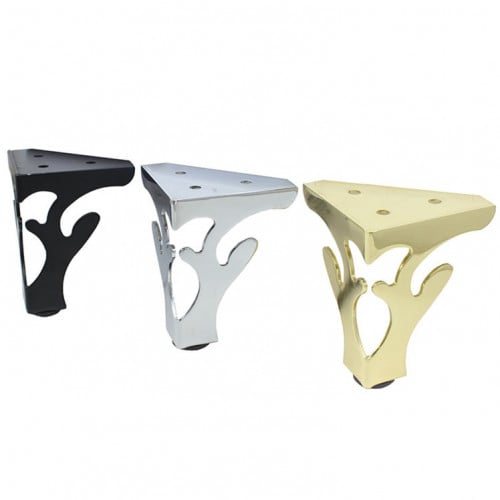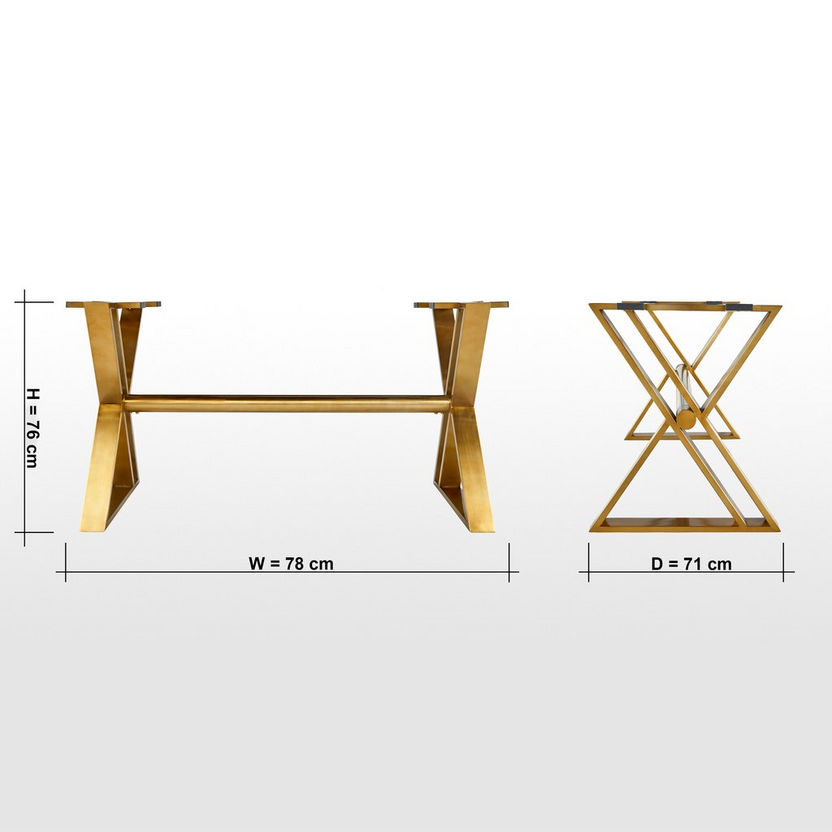أضف لمسة عصرية إلى أثاثك مع أرجل الكنب الأنيقة - ارجل الكنب هي قطع مهمة من الأثاث التي تدعم الأريكة وترفعها عن الأرض. إنها تأتي في مجموعة متنوعة من الأساليب والمواد، لذلك
أضف لمسة عصرية إلى أثاثك مع أرجل الكنب الأنيقة - ارجل الكنب هي قطع مهمة من الأثاث التي تدعم الأريكة وترفعها عن الأرض. إنها تأتي في مجموعة متنوعة من الأساليب والمواد، لذلك

شركة وفاء حسين لتجارة الاقمشه - ارجل كنب و طربيزات و طاولات تلفزيون تركيه بألوان ساده و الوان مائيه بلون عرق الخشب ، اللون الجوزي البني . مصنوعة لتحمل الأوزان الثقيلة من
أضف لمسة عصرية إلى أثاثك مع أرجل الكنب الأنيقة - ارجل الكنب هي قطع مهمة من الأثاث التي تدعم الأريكة وترفعها عن الأرض. إنها تأتي في مجموعة متنوعة من الأساليب والمواد، لذلك
أضف لمسة عصرية إلى أثاثك مع أرجل الكنب الأنيقة - ارجل الكنب هي قطع مهمة من الأثاث التي تدعم الأريكة وترفعها عن الأرض. إنها تأتي في مجموعة متنوعة من الأساليب والمواد، لذلك












/yaootaweb-production/media/crawledproductimages/8ee925fb426bf419a8c344c157521efc8f6a9348.jpg)






